The evolution of literature over time is closely linked to two factors. The first is the impact of the prolificacy its outstanding actors have, the second is literature’s tendency to seek pursuits befitting the expectations of a life other than its own. These two factors entice all of literature to their bed. The attempt of Turkish literature to break out of its shell during the Tanzimat era also occurred in this manner.
Mina Urgan, Berna Moran, Şiar Yalçın, Memet Fuat, Özdemir Nutku, Aziz Çalışlar, Talat Sait Halman, Jale Parla, and Gündüz Vassaf were all writers who studied at Robert College and it can be said that collectively they have been able to do much more than a university alone. This phenomenon may be attributed to several reasons; perhaps the modernity of the education at R.C., the curriculum focusing on Western literature, or the possibilities English instruction presented in accessing world literature were all instrumental in this regard. The fact that some of these individuals studied at the English language and literature departments of various universities seems to indicate the common fate of these writers.
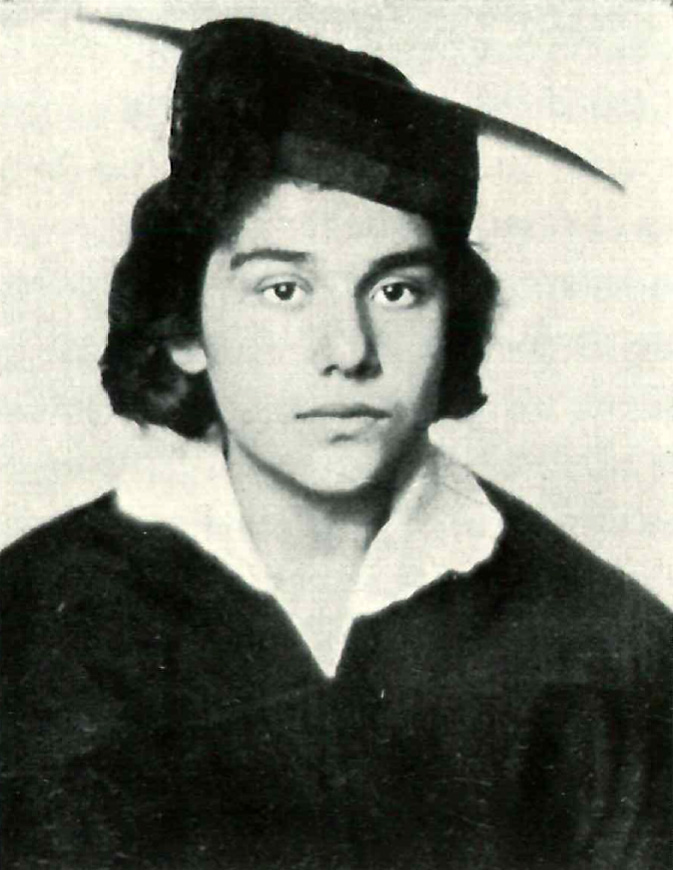
Mina Urgan, ACG 1935.
After having graduated from the French Department of İstanbul University, Mina Urgan (1915-2000) completed her PhD at the English Department of the same institution. Apart from her work on the history of English literature, her studies on Thomas Moore, Shakespeare, D.H. Lawrence, Virginia Woolf serve as indispensable references to date. Her work entitled, Edebiyatta Ütopya Kavramı ve Thomas More(Thomas More and the Concept of Utopia in Literature) is considered particularly significant. Her autobiographical work Bir Dinozorun Anıları (Memoires of a Dinosaur; 1998) was a best seller. She is remembered as an outstanding professor of literature.
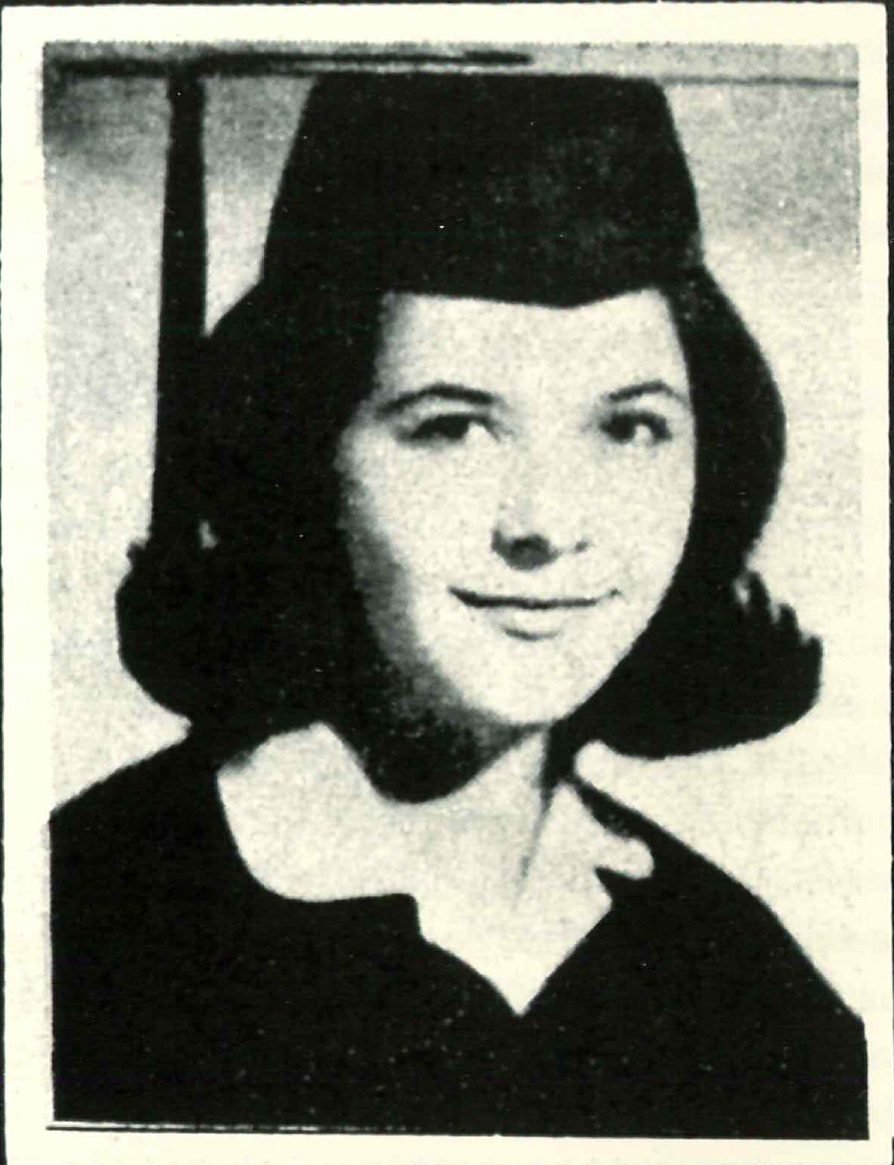
Jale Parla, ACG 1962.
After graduating from Robert College, Jale Parla (1945) completed her Ph.D. in the Comparative Literature Department of Harvard University. She chose literary criticism as her main area of concentration. Parla published her first articles in Varlık magazine. She studied various movements in literature and primarily focused on modernism and post-modernism. Parla’s studies in her book Don Kişot’tan Günümüze Roman (The Novel from Don Quixote to the Present) are particularly worthy of note.
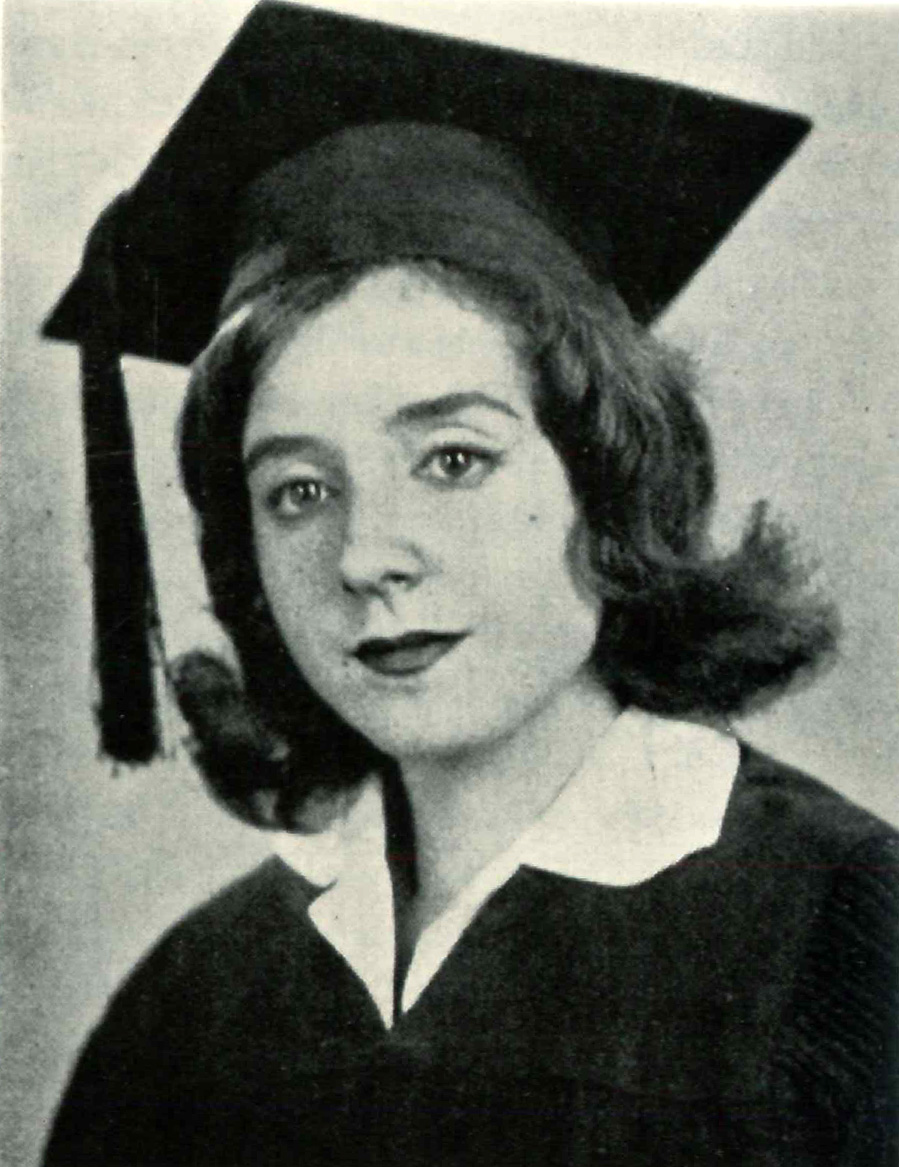
Tomris Uyar, ACG 1961.
Tomris Uyar (1941-2003) holds such a unique place. She is the first name to be recalled with respect to short story. Uyar came to be known for the essays and stories she published in Papirüs magazine, which she co-founded. Following İpek ve Bakır (Silk and Copper), Ödeşmeler (Settling the Accounts), Diz Boyu Papatyalar (Daisies Knee-High), and Yürekte Bukağı (Shackle in Heart) she was immortalized as the unforgettable short story writer of Turkish literature. If this was partly due to the fact that she only wrote short stories –with the exception of her journals and essays– another reason was the importance she attached to the stylistic features of a story, and most notably, to language. Uyar had responded, in her own way, to resolving the problems of style and language in short stories. In her determination to reach the essence and truth of the story through detail, she wrote stories, not of events, but of the characters emerging out of the events appearing in details. Uyar isolated herself from the relationships demanded by popular literature and was only concerned with spinning her writing in her silken cocoon. She was also among the most reputable translators and translated countless masterpieces from classical and modern world literature.
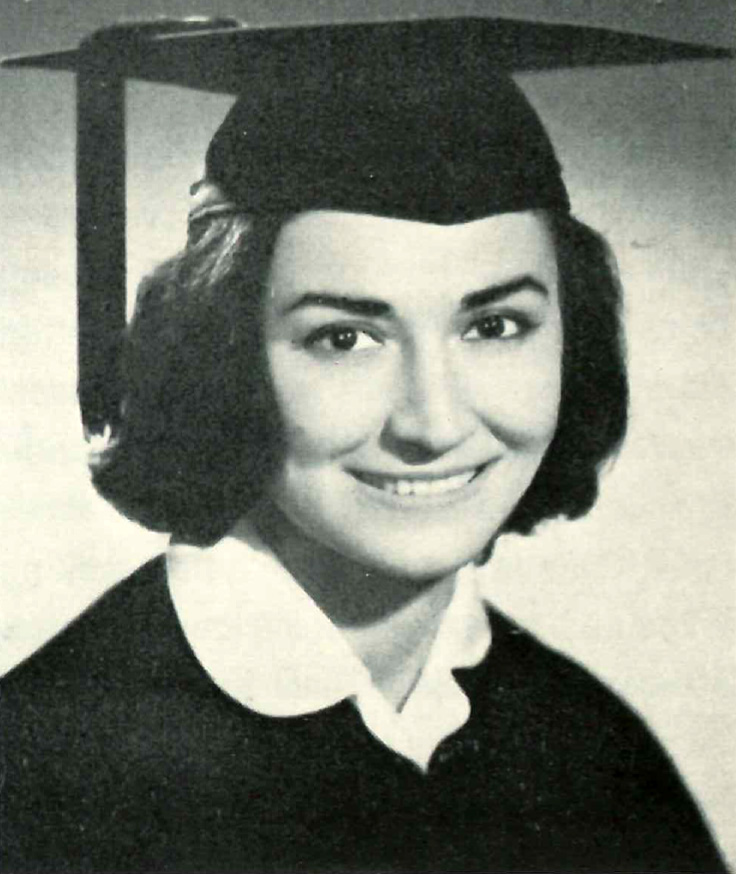
Pınar Kür, ACG 1963.
After graduating from Robert College, Pınar Kür (1943) traveled to Paris, studied theater, and received her Ph.D. in the same field. Her first short stories were published in Dost (1971-1973) magazine. Kür’s first novel Yarın… Yarın…(Tomorrow…Tomorrow…) was controversial in some respects. Bir Cinayet Romanı (A Crime Novel) was noted for its postmodern style. Kür continued to write novels and short stories, giving equal weight and attention to both genres.
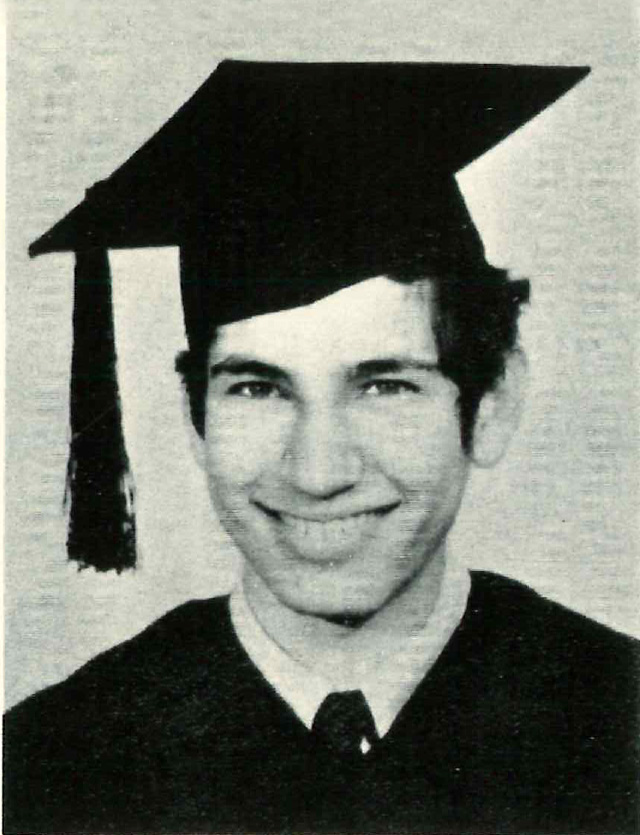
Orhan Pamuk, RC 1970.
Orhan Pamuk (1952) graduated from Robert College, studied architecture at Istanbul Technical University, and graduated from the Journalism Institute of İstanbul University. Immediately after 1980, he joined the ranks of young writers to stand out with their first novels and soon his style began to take its unique course. Following his first novel Cevdet Bey ve Oğulları (Cevdet Bey and His Sons), he diverged from the mainstream novel of Turkish literature and began creating a new genre of novel. Written after Sessiz Ev (The Silent House), which exemplifies the modern novel, Beyaz Kale (The White Castle) served as a bridge between his early period and his present. Kara Kitap (The Black Book) was the first example of the aforementioned novel genre he created and was thus highly debated. Meanwhile, Pamuk was translated into several languages. Using postmodern techniques, he paved the way for a new style for the Turkish novel, which found followers among young writers. Pamuk was awarded many prizes. Among them, the 2006 Nobel Prize in particular was instrumental in opening other works of Turkish literature to the world. Pamuk’s books were translated to more than sixty languages and were published in more than a hundred countries, reaching a circulation of more than ten million.
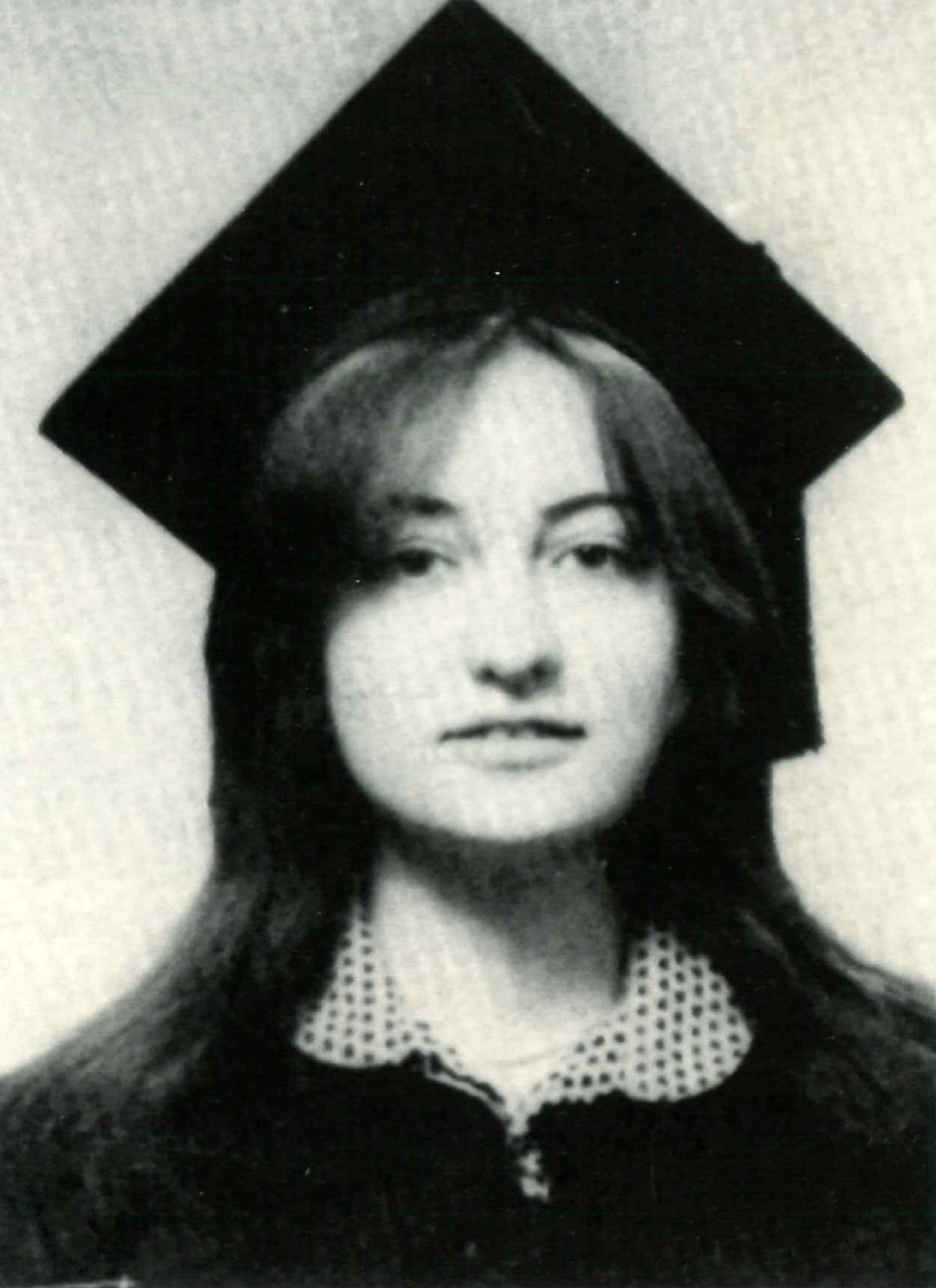
Perihan Mağden, RC 1979.
Perihan Mağden’s (1960) first novels Haberci Çocuk Cinayetleri (The Messenger Boy Murders) and Refakatçi (The Companion) were received as the creative works of a new writer. She then started writing for newspapers. From 1997 onwards, she wrote articles for Radikal newspaper, RED magazine, and once again for Radikal and Taraf newspapers. Her columns in which she coupled her sharp, biting, and polemical tongue with her unique style drew considerable interest. İki Genç Kızın Romanı (Two Girls) was adapted into a movie.
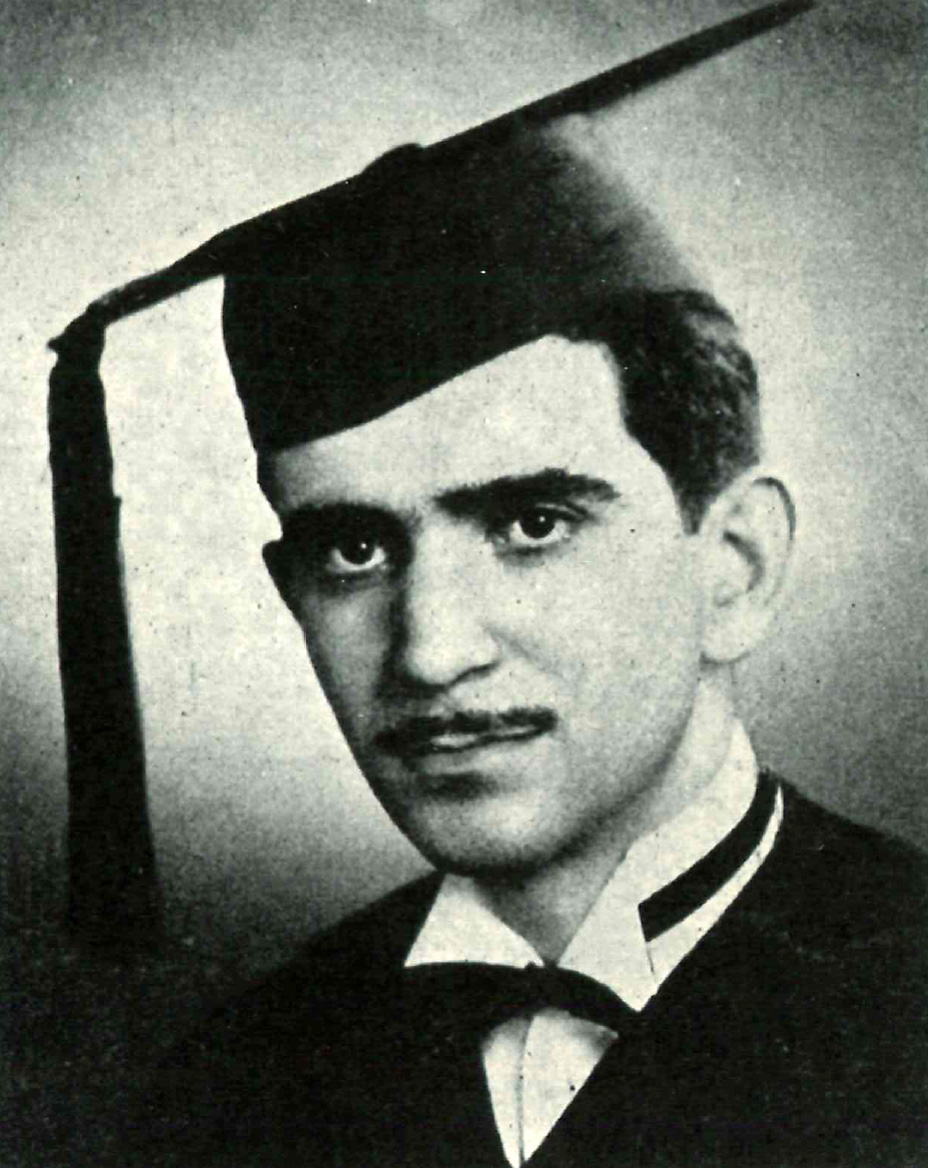
Ülkü Tamer, RC 1958.
Robert College has been home to leading Turkish poets of different generations. In this regard, Ülkü Tamer is the first name that springs to mind. Tamer (1937) graduated from Robert College in 1958. He was involved with theater and acting in his younger days. He translated more than seventy books. He edited the journals Miliyet Çocuk, Milliyet Sanat, and Sanat Olayı. His first poem was published in Kaynak magazine in 1954. Most importantly, he was always among the most treasured poets since the years of the postmodern movement in Turkish poetry known as “İkinci Yeni” (The Second New Generation). He created an imagist language of poetry that can be described by evocative abstractions within an apparently concrete, yet simple poeticism. His only short story book Alleben Öyküleri conveys his impressions of his childhood years in Gaziantep.
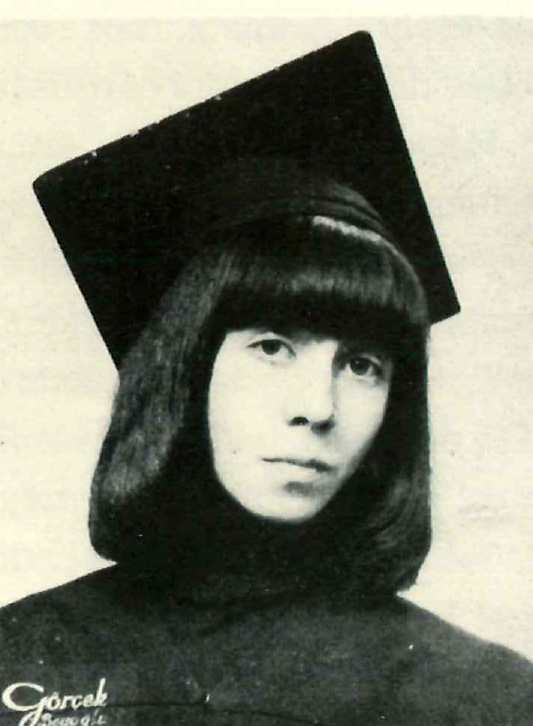
Lale Müldür, RC 1975.
After Robert College, Lâle Müldür (1956) studied economics at the University of Manchester. She completed her graduate studies on the sociology of literature at the University of Essex. Her first poems were published in 1980 in Yazı and Yeni İnsan. Her poems and essays were published in a number of journals. Some of her poems were composed into songs or used in films. She has been published in Ireland and France. Müldür created a unique world of poetry with references to history and geography, as well as associations with scripture and ancient cultures. Her poems were likened to lyrical texts and were thus considered unparalleled in new Turkish poetry. Müldür also wrote for Radikal newspaper.
This post is compiled from Semih Gümüş’s article in The Anatomy of a Tradition: 150 Years of Robert College 1863 – 2013 exhibition catalog.